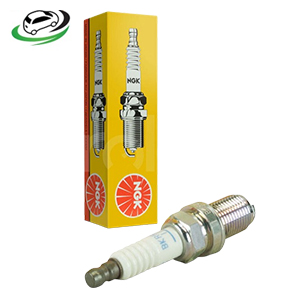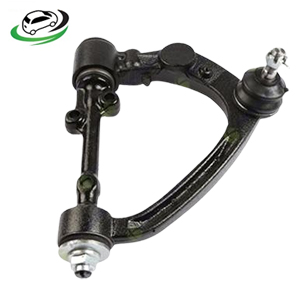-6%
Get Front LH Upper Control Arm Toyota Hiace KDH200 4806729225
The front left-hand (LH) upper control arm is a critical component of a vehicle’s suspension system. It connects the vehicle’s chassis to the wheel assembly, allowing for controlled movement and stability. Understanding the benefits of a well-functioning upper control arm and recognizing the signs that indicate the need for replacement can help maintain optimal vehicle performance and safety.
Benefits of a Properly Functioning Front LH Upper Control Arm
- Improved Handling and Stability:
- Precise Steering Control: The upper control arm plays a significant role in maintaining proper wheel alignment and suspension geometry, which is essential for precise steering control. This ensures that the vehicle responds accurately to driver inputs, enhancing handling performance.
- Reduced Body Roll: By helping to manage the up-and-down motion of the suspension, a good upper control arm minimizes body roll during cornering. This improves the vehicle’s stability and makes for a more comfortable driving experience.
- Enhanced Ride Comfort:
- Absorption of Bumps: The control arm, along with the suspension components, absorbs shocks and vibrations from the road surface, providing a smoother ride. This is particularly important when driving on uneven or rough terrain.
- Vibration Isolation: A properly functioning control arm helps isolate road vibrations, preventing them from being transmitted to the vehicle’s chassis and, consequently, to the passengers.
- Extended Tire Life:
- Even Tire Wear: Proper alignment and suspension geometry ensure that tires wear evenly. This extends the lifespan of the tires and can result in significant cost savings over time.
- Enhanced Safety:
- Stable Braking: A well-maintained upper control arm contributes to stable and predictable braking performance, as it keeps the wheels properly aligned. This is crucial for maintaining control of the vehicle during emergency braking situations.
Signs Your Car Needs a New Front LH Upper Control Arm
- Unusual Noises:
- Clunking or Knocking Sounds: One of the most common signs of a failing upper control arm is a clunking or knocking noise when driving over bumps or during sharp turns. This noise indicates that the control arm bushings or ball joints may be worn out.
- Poor Handling:
- Vague or Wandering Steering: If the vehicle feels unstable, or the steering seems vague or less responsive, it could be due to a worn upper control arm. This can lead to a lack of confidence in the vehicle’s handling, especially at higher speeds or during cornering.
- Uneven Tire Wear:
- Accelerated or Irregular Wear Patterns: Inspecting the tires for uneven wear patterns can reveal issues with the suspension system. A damaged or worn control arm can cause the wheels to be misaligned, leading to accelerated or irregular tire wear.
- Vibrations:
- Steering Wheel or Vehicle Vibration: Excessive vibrations in the steering wheel or throughout the vehicle, especially when driving on smooth roads, can indicate that the control arm or its bushings are worn and not adequately absorbing road shocks.
- Visual Inspection:
- Visible Damage or Wear: During routine maintenance or inspections, visible signs of wear, cracks, or damage to the control arm, bushings, or ball joints should be addressed immediately. Any noticeable play or movement in the control arm when manipulated can also be a sign of impending failure.
- Vehicle Pulling to One Side:
- Alignment Issues: If the vehicle consistently pulls to one side while driving, it may be due to a misaligned suspension caused by a faulty control arm. This not only affects handling but can also compromise safety.
- Suspension Movement:
- Excessive Movement: When the suspension moves excessively or feels loose, it can be a sign that the upper control arm is not providing the necessary support and stability. This can be especially noticeable when driving over bumps or uneven surfaces.
Follow us on Facebook for more parts.



